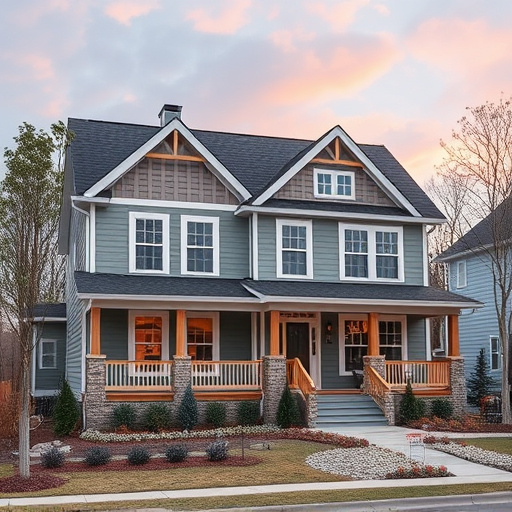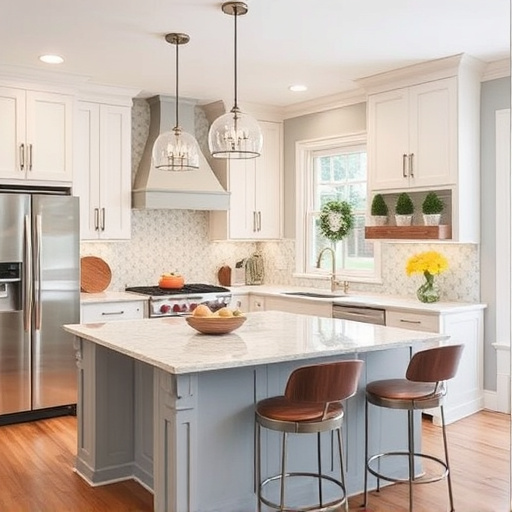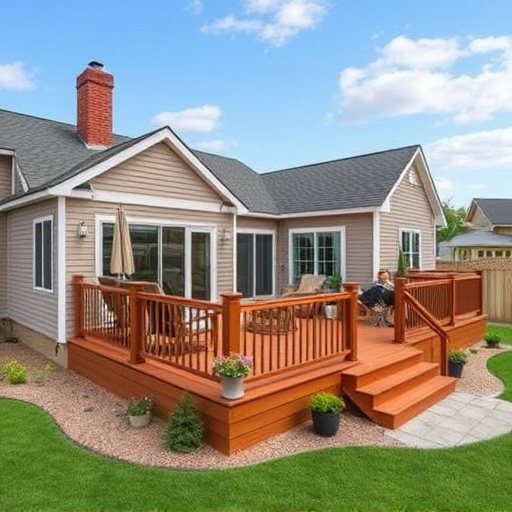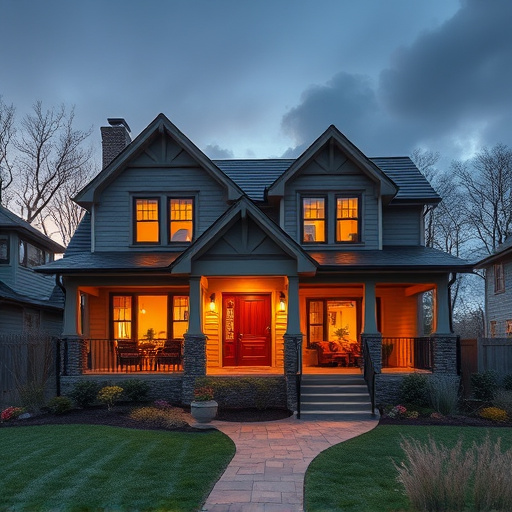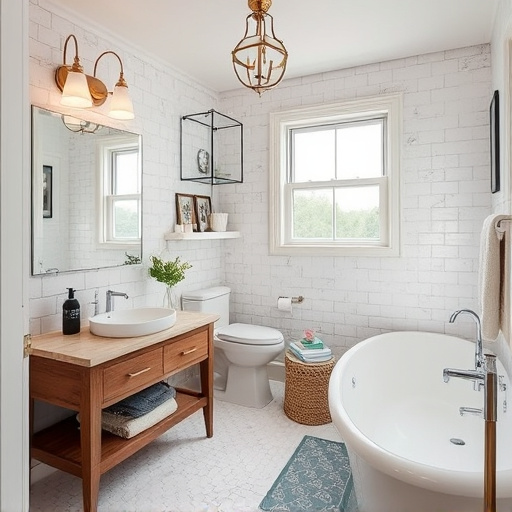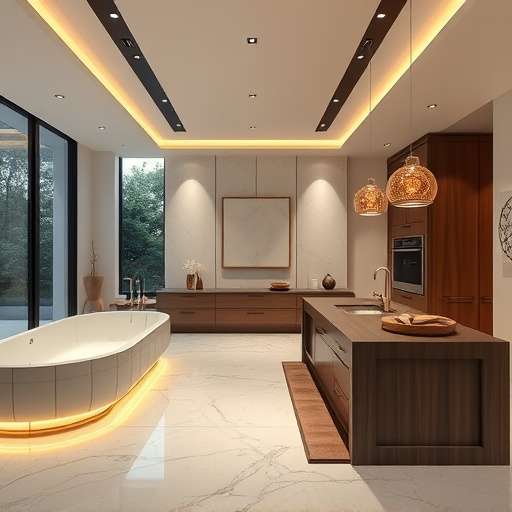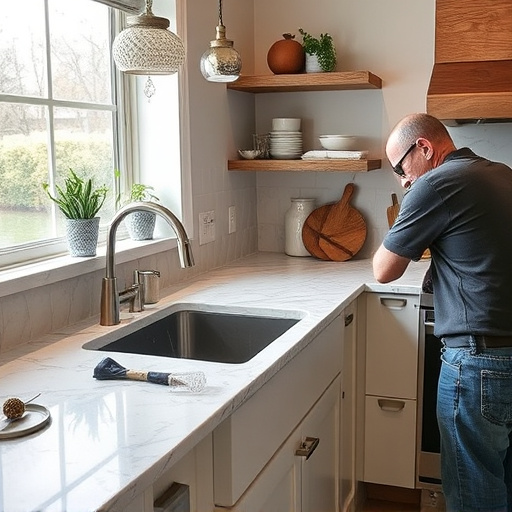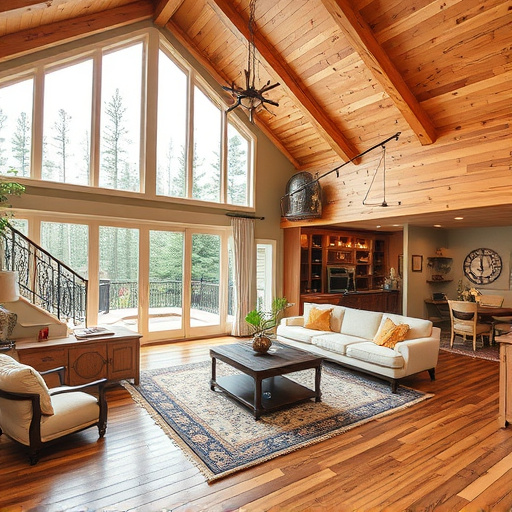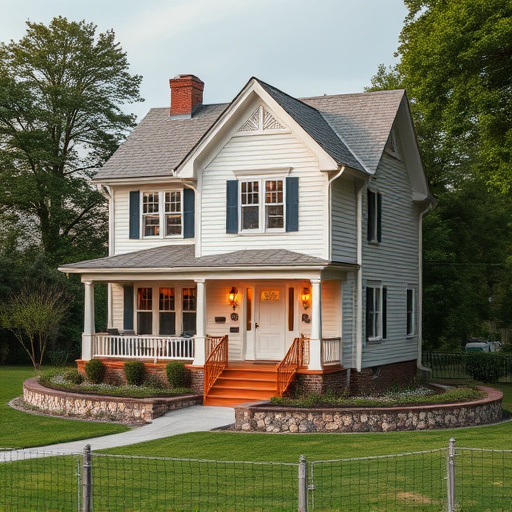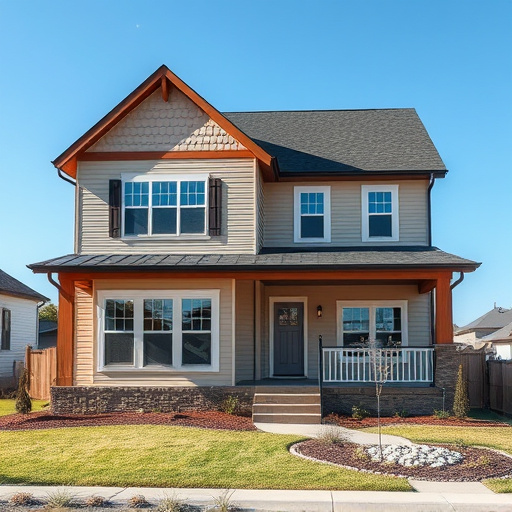When partnering with an interior designer, understanding and planning your budget is crucial. Costs vary based on project scope, complexity, location, and designer experience. Designers charge hourly rates, fixed project fees, or a combination, plus expenses for materials, samples, permits, and specialized services. A detailed budget plan, including square footage, existing features, fee structures, and comprehensive quotes, ensures cost management. Prioritize essential expenses like materials and labor, communicate regularly to prevent overspending, and consider creative solutions for transforming spaces without compromising vision.
“Ever dreamed of transforming your space with a professional interior designer but worried about the budget? Understanding and budgeting for design services is key to achieving your dream home without breaking the bank. This guide navigates the financial landscape of working with an interior designer, from dissecting design expenses to efficient cost management tips. By the end, you’ll be armed with knowledge to create a beautiful, affordable space.”
- Understanding Your Budget: Expenses for Interior Designers
- Creating a Comprehensive Budget Plan for Design Services
- Tips for Efficient Cost Management and Saving for Interior Design Projects
Understanding Your Budget: Expenses for Interior Designers
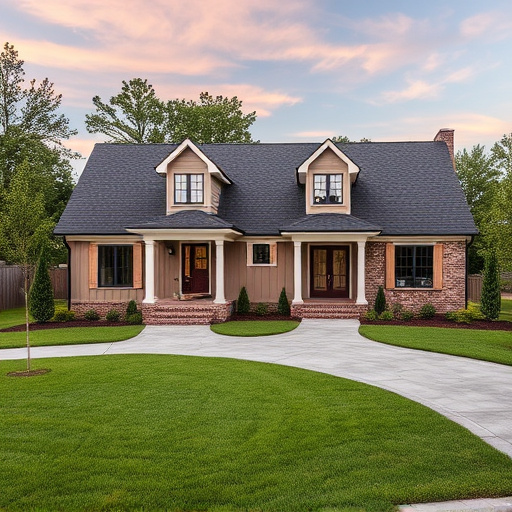
Understanding your budget is a crucial step when working with an interior designer. While the services of a professional can significantly enhance your space through kitchen and bath transformations or home remodeling, it’s essential to be aware of the associated costs. These expenses can vary widely depending on factors like project scope, complexity, location, and the designer’s experience and reputation.
Home transformations, from basic redecorating to complete overhauls, carry different price tags. Some interior designers charge by the hour, while others work on a fixed project fee. Additional costs may include materials, samples, permits, and any specialized services required for unique elements in your home, such as custom cabinetry or intricate lighting designs. Being transparent about budgets and expectations from the outset ensures a successful collaboration between you and your chosen interior designer.
Creating a Comprehensive Budget Plan for Design Services
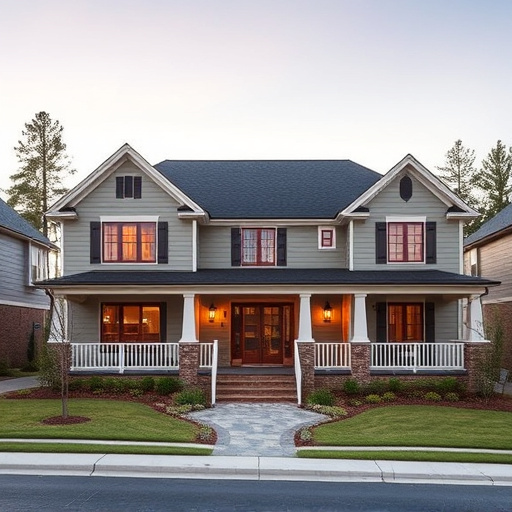
Creating a comprehensive budget plan for design services is the first step towards transforming your space with an interior designer. Start by understanding the scope of work involved in your desired home remodeling, whether it’s kitchen renovations or home additions. Gather all necessary information, including square footage, existing features, and any specific requirements or preferences. Once you have a clear picture, sit down with your chosen interior designer to discuss their fee structure. Many professionals charge by the hour, while others may offer a flat rate for projects of a certain size.
Ask for detailed quotes that include all aspects of the design process, from initial consultations and measurements to final plans, material sourcing, and project management. Don’t forget to inquire about potential additional costs for things like permits, furniture, or specialized equipment. By doing so, you’ll have a clear budget plan that allows for flexibility while ensuring your home remodeling projects stay on track financially.
Tips for Efficient Cost Management and Saving for Interior Design Projects
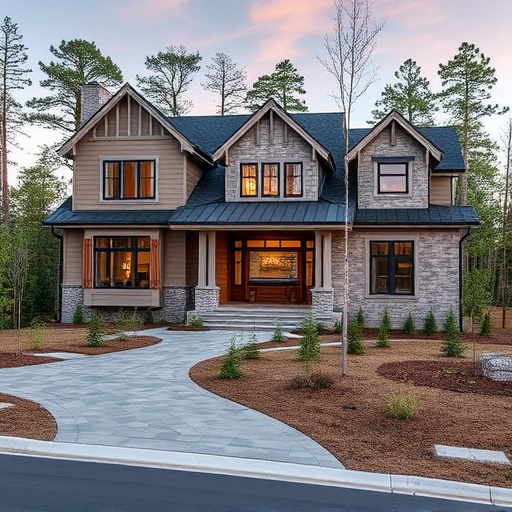
Efficient cost management is key when planning an interior design project with a professional designer. Firstly, set a clear budget and stick to it – this will help guide your decisions throughout the process. Prioritize essential expenses like materials and labor, ensuring you get quality work from your chosen designer. Remember that communication is vital; regular check-ins with your designer can prevent overspending by identifying any potential issues early on.
Saving for home transformations doesn’t mean compromising on vision. Consider creative solutions like reupholstering old furniture instead of buying new, or exploring budget-friendly flooring options like vinyl or laminate for floor replacements. Focus on creating functional spaces that meet your needs and preferences, ensuring your investment delivers long-term satisfaction.
When budgeting for an interior designer, it’s essential to understand that costs can vary widely based on project scope, complexity, and designer experience. Creating a detailed budget plan, including upfront costs, hourly rates, and contingencies, is key to keeping your project on track financially. Efficient cost management involves clear communication with your designer, regular reviews of expenses, and strategic saving methods. By following these steps, you’ll be better equipped to navigate the financial aspects of your interior design project and collaborate effectively with a professional interior designer.
